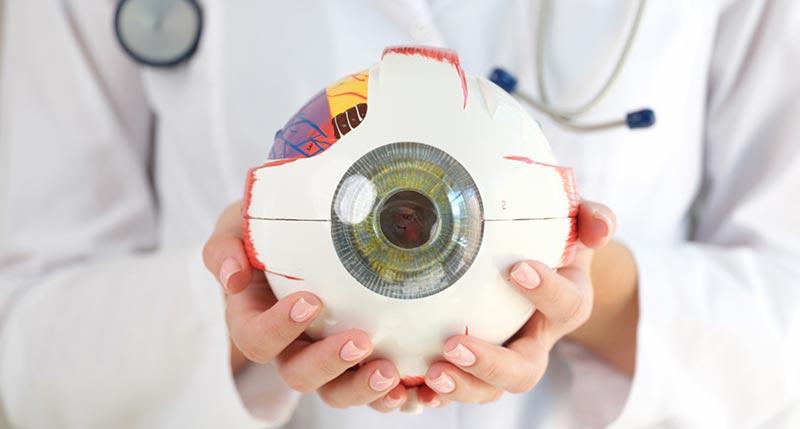All Categories
Featured
We typically listen to regarding protecting our skin from unsafe ultraviolet (UV) rays, yet did you understand that UV direct exposure can likewise considerably influence your eye health? Comprehending the effects of UV rays on your eyes and just how to safeguard them is necessary for maintaining long-term eye wellness.
Kinds Of UV Rays. UV rays are categorized into three kinds:
UVA Rays: These rays permeate deep into the skin and can additionally influence the inner layers of the eyes. UVB Rays: These rays largely trigger damage to the skin's surface area but can also harm the cornea and lens of the eye. UVC Rays: While these are one of the most damaging, they are mostly taken in by the Planet's atmosphere and don't get to the surface area. Both UVA and UVB rays are damaging to your eyes, and over time, direct exposure can cause significant eye problems.
Short-Term Effects of UV Direct Exposure. Also short direct exposure to intense UV rays can lead to instant eye damage. A common temporary problem is photokeratitis, commonly referred to as "sunburn of the eye." Signs of photokeratitis consist of:
Soreness and inflammation. Level of sensitivity to light. Tearing or watery eyes. A gritty sensation, as if something is embeded your eye. While the signs of photokeratitis are momentary and typically resolve within a day or 2, repeated occurrences can have advancing results on your vision.
Long-Term Impacts of UV Direct Exposure. Persistent UV exposure can contribute to numerous major eye problems, including:
Cataracts: In time, UV rays can cause clouding of the eye's lens, causing cataracts, one of the leading sources of blindness worldwide.
Macular Degeneration: Long term UV direct exposure can damage the retina, especially the macula, resulting in age-related macular deterioration (AMD), which affects central vision.
Pterygium: Also called "internet user's eye," this condition entails the development of a fleshy cells on the white part of the eye, which can expand over the cornea and impact vision.
Skin Cancer Around the Eyes: The delicate skin around the eyes is susceptible to UV radiation, enhancing the danger of skin cancer, such as basic cell cancer.
Pinguecula: UV direct exposure can likewise cause yellowish down payments on the conjunctiva, which can cause inflammation and discomfort.
How to Safeguard Your Eyes from UV Rays. Put On Sunglasses with UV Protection: Always pick sunglasses identified as blocking 100% of UVA and UVB rays. Wrap-around styles offer added security by obstructing UV rays from the sides.

Utilize a Wide-Brimmed Hat: Hats with a broad border can minimize UV direct exposure by up to 50%, offering added coverage for your eyes and face.
Stay Clear Of Peak Sun Hours: UV rays are best between 10 a.m. and 4 p.m. Restricting your exterior tasks throughout these hours can assist minimize direct exposure.
Do Not Forget Children: Kid's eyes are more conscious UV rays, so ensure they use sunglasses and hats when outdoors.
Use UV-Blocking Call Lenses: If you wear calls, ask your eye care company concerning UV-blocking lenses for added defense.
Remain Protected Year-Round: UV damages isn't limited to summer; rays can reflect off surfaces like water, sand, and snow, making eye defense required all year.
Final thought. Securing your eyes from UV rays is critical to preserving your vision and total eye health and wellness. By taking simple precautions like putting on UV-protective sunglasses, restricting exposure throughout height hours, and frequently seeing an eye care professional, you can protect your eyes from the damaging impacts of UV radiation.
Latest Posts
Uncover Premier Vehicle Maintenance Services in Chicago – Drive with Confidence
Why Regular Vehicle Maintenance at Montclare Auto Repair Saves You Money
Discover Save Big on Car Maintenance with Montclare Auto Repair’s Special Deals
More
Latest Posts
Uncover Premier Vehicle Maintenance Services in Chicago – Drive with Confidence
Why Regular Vehicle Maintenance at Montclare Auto Repair Saves You Money
Discover Save Big on Car Maintenance with Montclare Auto Repair’s Special Deals